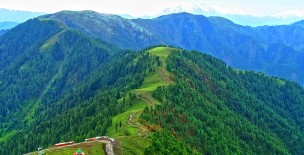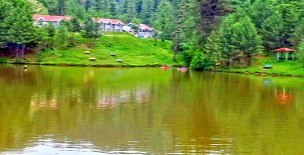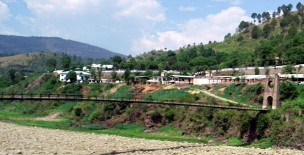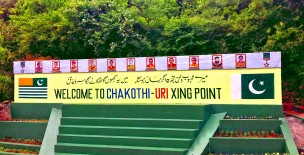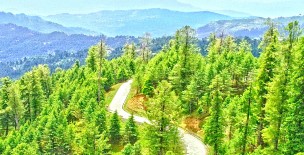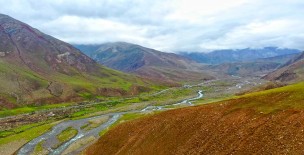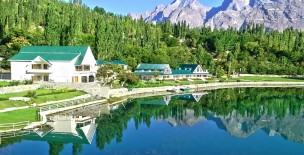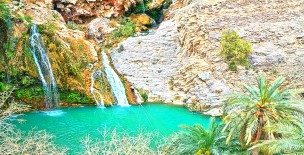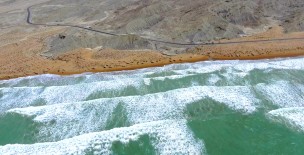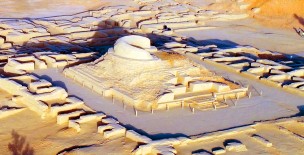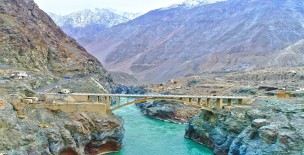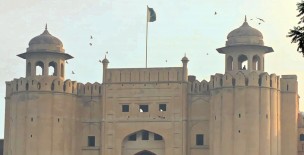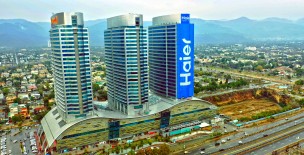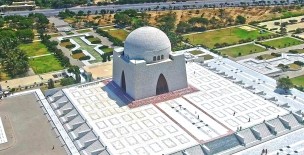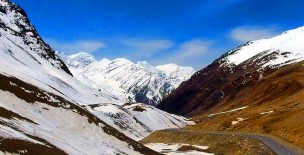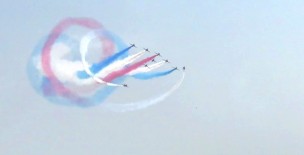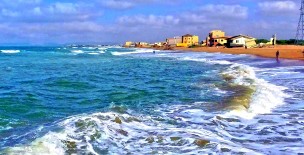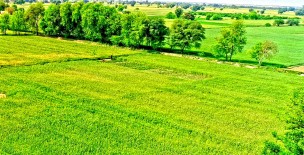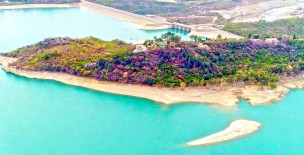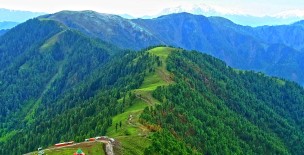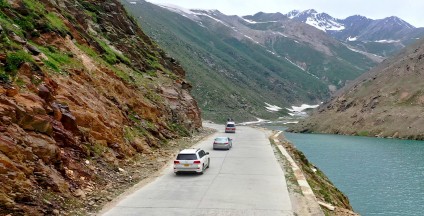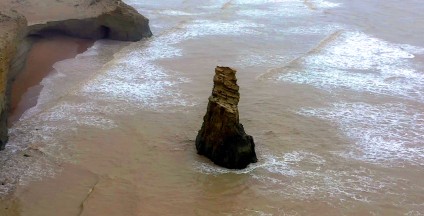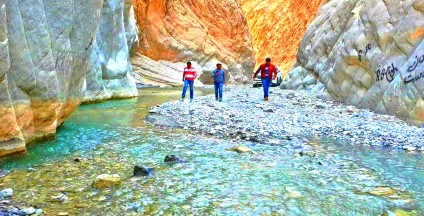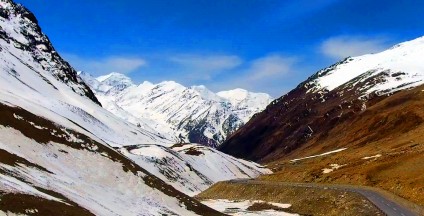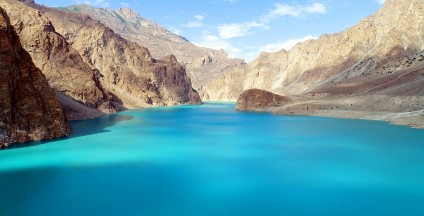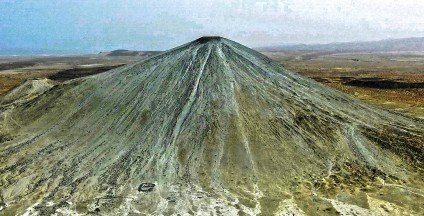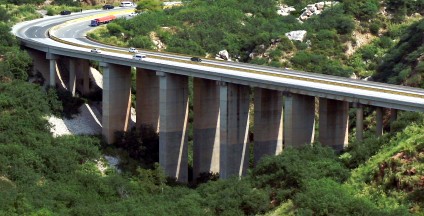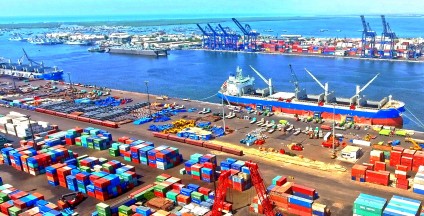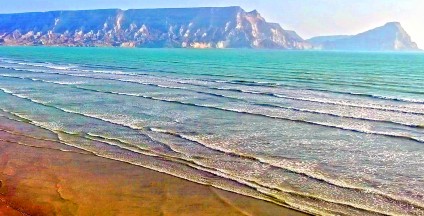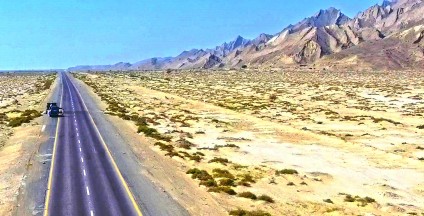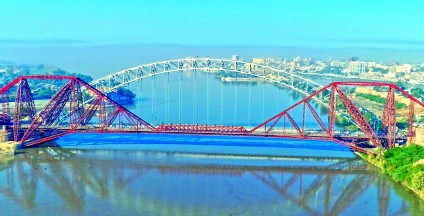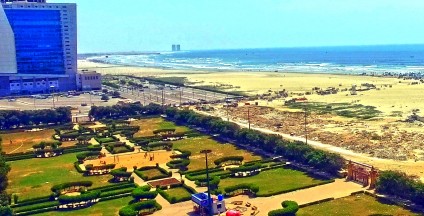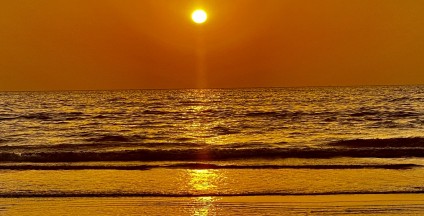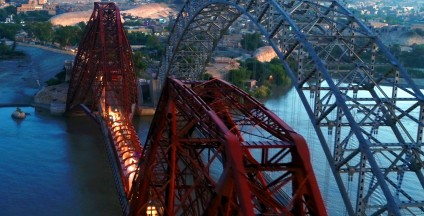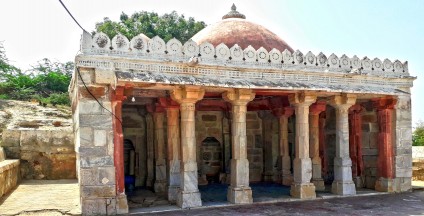The Mangla Dam is a multipurpose dam situated on the Jhelum River in the Mirpur District of Azad Jammu and Kashmir, Pakistan.
It is the seventh-largest dam in the world. The village of Mangla, which sits at the mouth of the dam, serves as its namesake.
In November 1961, the project's selected contractors were revealed; it was announced that Binnie & Partners, a British engineering firm, were going to serve as the lead designers, engineers and inspectors for construction of the dam (led by Geoffrey Binnie).
The project was undertaken by a consortium known as the Mangla Dam Contractors, which consisted of eight American construction firms sponsored by the Guy F. Atkinson Company based in South San Francisco, California.
As part of the Indus Waters Treaty signed in 1960, India gained rights to the waters of the Ravi, Sutlej and Beas rivers, while Pakistan, received the rights to develop the Jhelum, Chenab and Indus river basins.
Until 1967, the entire irrigation system of Pakistan was fully dependent on unregulated flows of the Indus River and its major tributaries.
The agricultural yield was very low for a number of reasons, the most significant being a lack of water during critical growing periods.
This problem stemmed from the seasonal variations in river flow due to monsoons and the absence of storage reservoirs to conserve the vast amounts of surplus water during those periods of high river discharge.
The Mangla Dam was the first of the two dams constructed to reduce this shortcoming and strengthen the irrigation system of the country as part of the Indus Basin Project, with the other being the Tarbela Dam situated on the Indus River in Swabi, KPK.
The Mangla Dam was constructed at a cost of ?15.587 billion (US$1.473 billion) with funding being provided by the World Bank and the Asian Development Bank.
Azad Jammu & Kashmir - Mangla Dam - Mirpur - Azad Jammu and Kashmir
Related Videos
Leave a Comment:
For comment please login first: Login here




